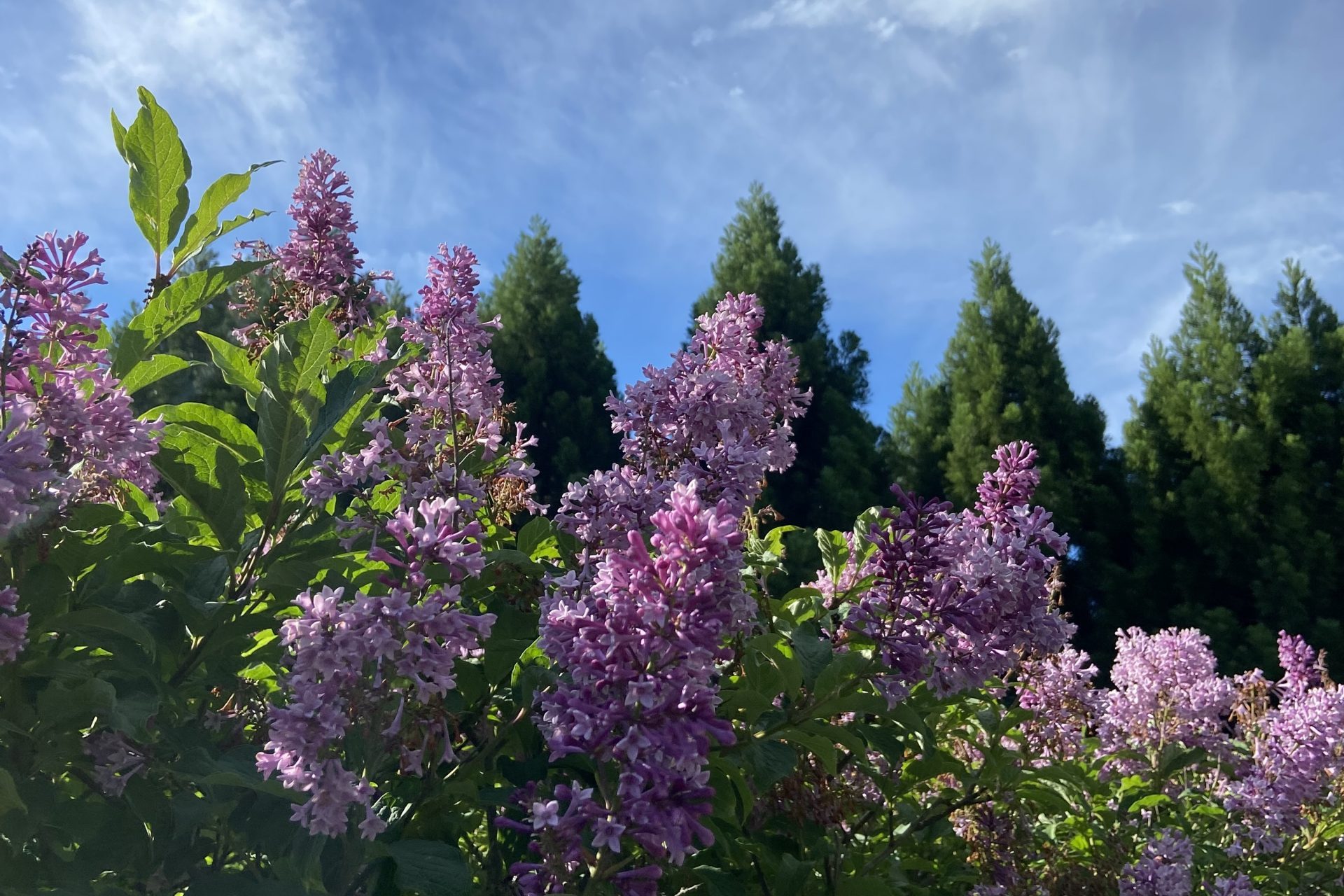I attended this fantastic New York Historical Society lecture on America’s second President. Most people falsely assume the lecture focused on Thomas Jefferson, who was America’s third President. Our second President was John Adams. He was also our first Vice President, serving under George Washington.

The lecture, titled ‘Making the Presidency: John Adams and the Precedents That Forged the Republic,’ was led by esteemed Author and Historian Lindsay M. Chervinsky in conversation with moderator David M. Rubenstein (who is very funny). They skillfully illuminated the unique challenges that John Adams faced during his presidency and how his actions laid the groundwork for his successors.
Lindsay made the point that John Adams left a significant mark on history by establishing a peaceful transition of power. In the midst of the current political climate, John Adams stands out as a beacon of decency. He lost re-election to his foe, Thomas Jefferson, in a campaign fraught with tension. However, John Adams never wavered in upholding the customs of the presidency. Despite being sandwiched between two of America’s biggest heroes and not having a monument erected in his honor, he still achieved greatness. Imagine if he had refused to leave office after his adversary, Thomas Jefferson, won. Would we still have a democracy today? He did not attend Jefferson’s inauguration, choosing instead to travel by public carriage back to his home in Massachusetts. Lindsay noted that John Adams was not invited to attend Jefferson’s inauguration, and there is evidence to support that his presence could have created chaos.

Among the intriguing facts I learned about John Adams: he was the first President to reside in the White House, having previously served in Philadelphia, PA. His son, John Quincy Adams, would later become President.
It was also fascinating to discover that the President and Vice President cannot be from the same state, a rule that still stands today.
When you think you know everything about America’s history, you find out there’s so much more to learn.


